Vivien Thomson: for now, we’re waiting and watching
This is the second drought that my partner Robert and I have faced in the last decade at Carinya, our property in Muttama, New South Wales. After the millennium drought broke in 2011, we felt a bit bruised, but thought that we would have a few good years to rebuild.As we grew our business again and raised our children, there was always this dread at the back of our minds, that we’d face another drought soon.
This drought set in around 2017, and it hit hard. It has been heart-wrenching to see our animals go from grazing on fresh grass to rationed drought feeding routines, native plants dying slowly, and wildlife struggling to cope with the lack of water and food.
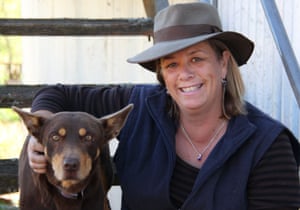
Robert and I know that the impacts of this drought are worsened by climate change, and with every day that passes without rain or credible climate action, it gets harder to stay positive.
We are trying hard to have enough resilience left to undertake a recovery, so for now, we’re waiting and watching. We’re coping the best we can, and hoping that every day brings us closer to rain.
John Hamparsum: you start to question why you farm
The Liverpool Plains area is famous for having some of the most fertile soils in Australia. Unfortunately, it all changed after the November flood of 2000. The rain stopped and the last four years in particular have been off the scale in below-average rainfall. I have never experienced anything like it.We use farming techniques that help to store moisture in the soil. However, when it doesn’t rain for years on end there is nothing to store.
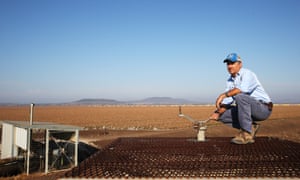
The hardship of the drought is often focused on the livestock industry and I understand that – we have been hand-feeding our horses for two-and-a-half years. However, there is less focus on cropping farmers – we haven’t grown a wheat crop in three years and west of me they have only had one crop in seven years. We borrow money to pay our staff in the hope that one day it will rain.
The drought is insidious, it creeps up on you. After years of telling yourself “it will rain soon” and it doesn’t, doubt starts to niggle, your mental health is slowly being white-anted, that positive mindset is like the soil as it dries, it loses structure.
The ups and downs lose rhythm. The dust storms remind you that you are not alone, that is someone else’s farm that blows past on its way to New Zealand; you try not to see your own farm being blown away.
You start to question why you farm – you do it because you love it, the exhilaration of seeing a seed you planted grow into a healthy plant that you harvest and supply food and fibre to the masses. I hope that chance comes again soon.
John Hamparsum is a cropping farmer, Liverpool Plains, north-west NSW
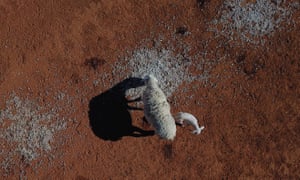
Anika Molesworth: my future on the land hangs on tenterhooks
On evening walks down the dry creek bed on my farm in Broken Hill, alongside my parents and kelpie dogs, I feel a deep sense of belonging. I am part of this landscape, with its apricot pink skyline and corellas taking up roost in the old river red gum trees, and it is part of me. This love for the land underpins everything I do to protect its future.We are already seeing the impact of climate change on our land in the form of scorching heatwaves and relentless drought. The increased frequency and intensity of such events has led us to sell most of our sheep. We are also trying to help local endangered species struggling to cope by conserving their habitat, among other things.

My future on the land hangs on tenterhooks, but I draw hope from being part of groups like Farmers for Climate Action, a coalition of food and fibre producers advocating for policies that cut our emissions. I’m optimistic that together, we can save the places we love and call home.
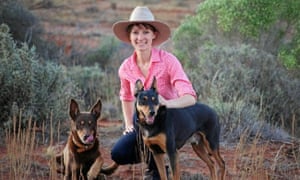
Anika Molesworth is a farmer on her family’s sheep station in Broken Hill in NSW and the founder of Climate Wise Agriculture. She was 2015 Young Farmer of the Year, 2017 NSW finalist for Young Australian of the Year, and NSW Young Achiever Award for Environment and Sustainability
Mike Hayes: as they say in the bush, ‘things are grim Jim’
In my 40th year in the wine industry I have never witnessed the slow-moving drought that has rolled out through the bush over the past two years. I have reverted to old-style farming, fortunately taught to me years ago. We have totally run out of water for the 270 acres of grapes situated in Ballandean, south Queensland.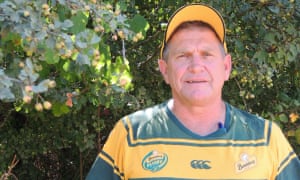
We are now spraying nutrients on via a foliar spray cart and if the drought continues, we will remove the entire crop to give the vines a chance of survival. At this stage we will be purchasing grapes from southern states to accommodate our export market. As they say in the bush: “Things are grim Jim.”
Mike Hayes is director of viticulture and chief winemaker at Sirromet Wines in Mount Cotton, Queensland. In 2012 he toured Europe on a Churchill Fellowship to search for wine grape varieties to combat climate change

No comments:
Post a Comment